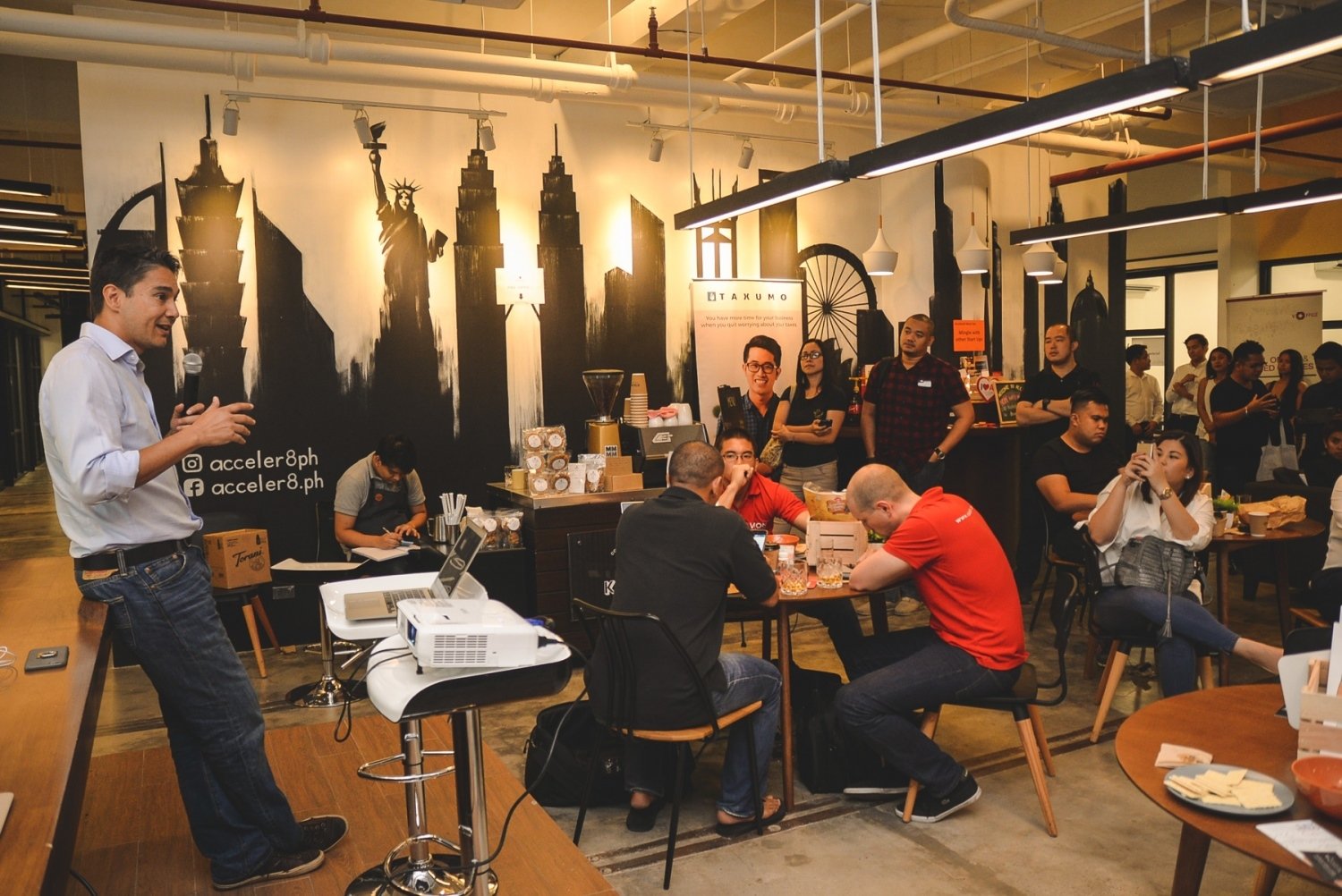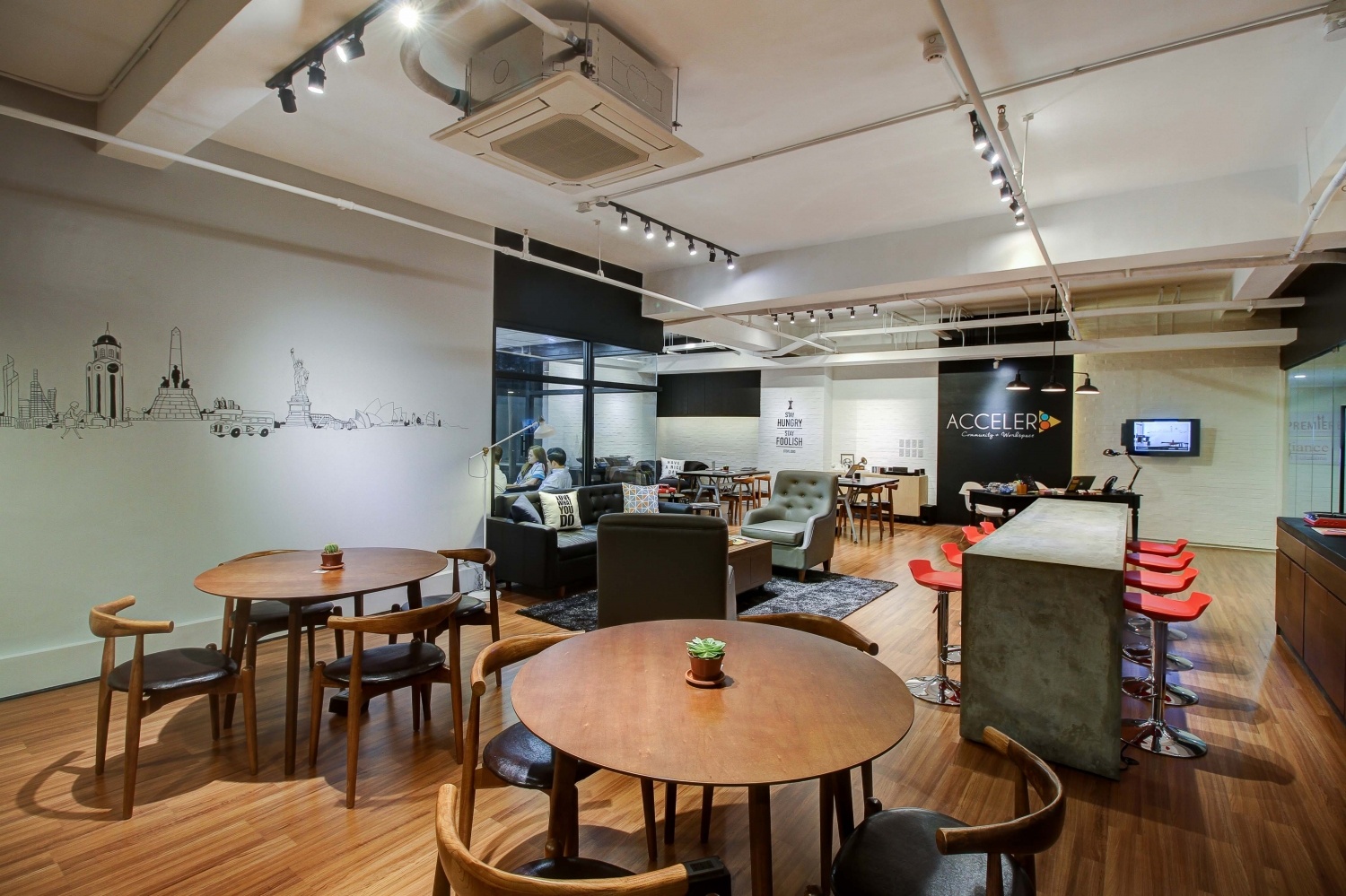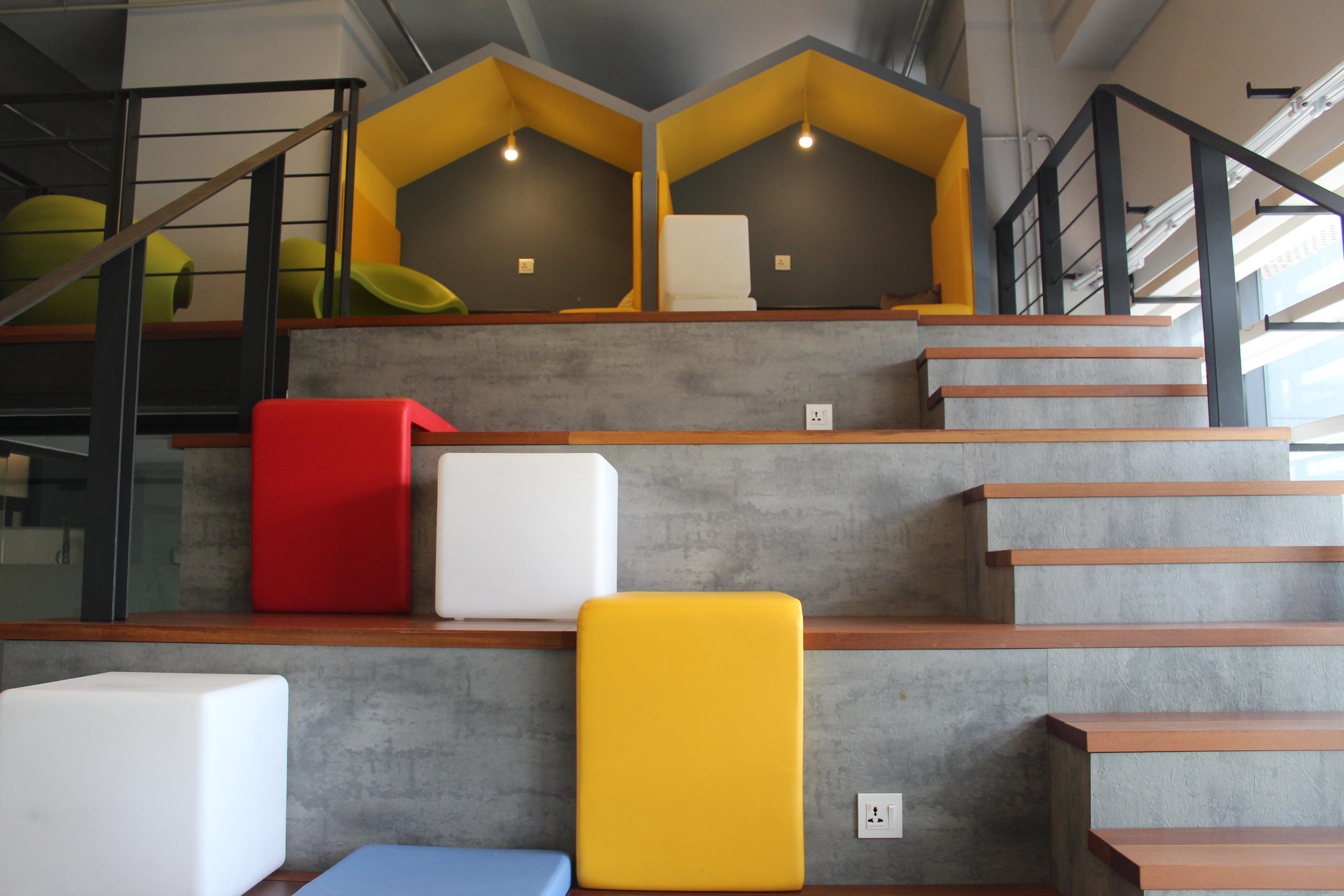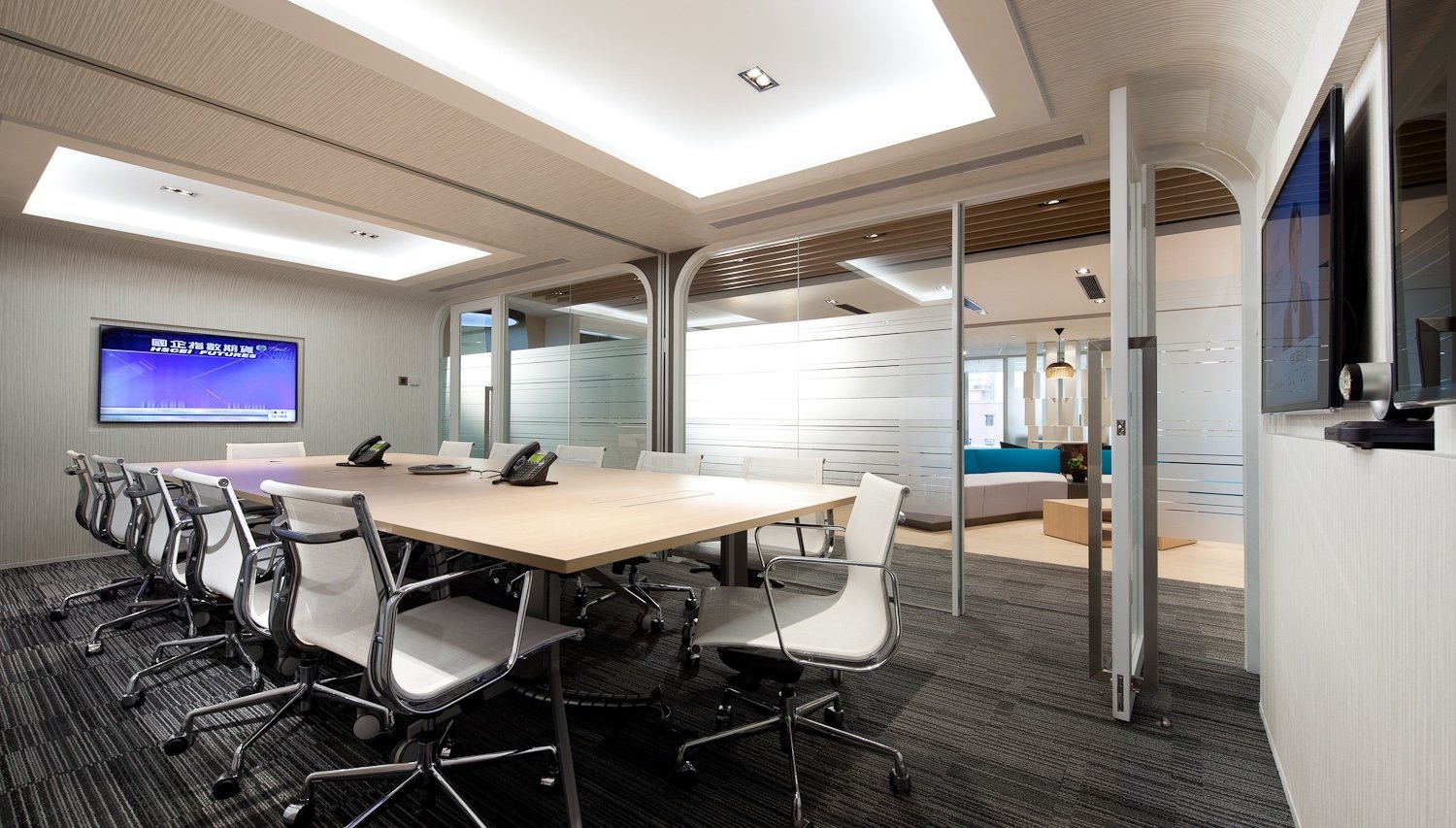
We've all been there - caught in a chilly, windowless training room with other participants, tuning in to some moderator ramble on about who knows what. As you've presumably accumulated from that poor soul, it's not always easy to lead trainings, meetings, or conferences. Truth be told, it tends to be a difficult task to keep the crowd engaged (and alert) while covering all the vital information.
A training session is an occasion that gives instructive incentive to participants. Regardless of whether you're arranging a corporate and team skill training or general workshop courses they can incorporate anything from lectures and assessments to discussions and demonstrations.
It is great for boosting confidence, re-centering your group, and improving the career advancement of your employees. Thus, these discussions in this post help cultivate a more joyful workplace and expanded profitability from your colleagues.
Read also: "Coworking Spaces Decrease Productivity": True or False?- Needs Assessment
Playing out a needs test will help control how you structure your instructional class. Building up the necessities of your organization from those that experience it in day-to-day will empower you to structure an instructional course that will up the ability of your group, and at last help you to accomplish your business objectives. - Learning Objectives
Learning objectives are the foundation of your instructional course. These will feature the skills, aptitudes and information that your group will ace by going to your occasion, however more critically taking in targets ought to be gotten from the needs evaluation we recently referenced. Having clear objectives amplifies the potential and effect of your session by setting desires and guaranteeing participants that the subjects or topics being covered relate to the input they had given as the feedback.
Bear in mind that learning objectives are measurable. The SMART format of formulating learning objectives is a great way to create clear goals. By following this, the learning objectives will be meaningful and attainable for any training session. - Structure
The structure gives you, as the mentor and coordinator, a course of events to pursue and will be characteristic of how unmistakably you are settling the group's preparation evaluation needs. It is a smart thought to share a disentangled rendition of your training session with your members ahead of time, so they can be better arranged the day of. - Training Materials
For the coordinator, the materials go about as a motivation and a type of direction. They should bolster what you are stating and they should provoke you and keep you sorted out. From start to finish, staying organized can be the distinction between a magnificent and a normal instructional course. - Clear Presentation (easily digested for attendees)
The presentation must deliver your training materials in a clear, digestible way for your attendees. This will direct both the participants and organizer throughout the entire session. Detail is the key when it comes to training presentation outline planning. Ever heard of the 1-6-6 rule? This could be your perfect guideline in establishing an effective presentation - 1 idea per slide, a maximum of 6 points per page, and no more than 6 words for every point. This technique will optimize your presentation to be concise while keeping your audience engaged. - Activities
Instructional courses are about a two-way relationship, a cooperation between the coordinator and the participants. That's why games should be incorporated. One of the usual ice-breakers is to divide the attendees you are working with into smaller group of four or five. In these littler groups, members can cooperate to discover ten things that they share practically speaking with each individual in the group. Setting up what individuals share for all intents and purpose enables people to bond over their similarities, prompting a progressively loose and helpful learning condition.
When you've invested a great deal of time getting ready, and things are moving along pleasantly, it's alright to loosen up a bit and enjoy the experience. You don't have to end up as a stand-up comedian, however you can blend humor and individual accounts into your introduction - it can enable your attendees of onlookers to identify with you and remain intrigued by what's happening. - Conducive Venue
The venue of your training is the core of your occasion. The place will rely upon your occasion image, just as the span of your session. In the event that you have a vast, far-reaching training course maybe a conference room will be reasonable. On the off chance that there's only a little gathering of you maybe a meeting room or workshop space will do.
Scroll below to get ideas on which event venue that would be a perfect fit for your upcoming trainings. - Evaluation / Feedback
Requesting input from the people who went to your session is a standout among the most ideal approaches to measuring how well they process the information and what they enjoyed most and least about your presentation. Contingent upon the structure of your session, you can do this through handing out surveys as members leave, or with a follow-up email thereafter.
Read also: Top Tips for a Productive Meeting
Most importantly, be organized and be mindful, regardless of how direct the content may appear. Keep in mind that your audience will depend on your vitality and knowledge to help them as the day progresses, so a touch of extra preparation on your end is needed, despite all the trouble to guarantee that you'll have a fruitful presentation. On the off chance that you take the necessary steps to ensure both you and your attendees are comfortable, the rest will become alright.
Great examples of event spaces or training rooms around Southeast Asia include:
Manila
Acceler8 by UnionSPACE , Makati
Singapore
The Great Room, Singapore
Jakarta
CEO SUITE, Sudirman
Kuala Lumpur
Co-labs, Damansara Utama
Hong Kong
Sky Business Center, Tsim Sha Tsui


Comments (0)
Subscribe via e-mail